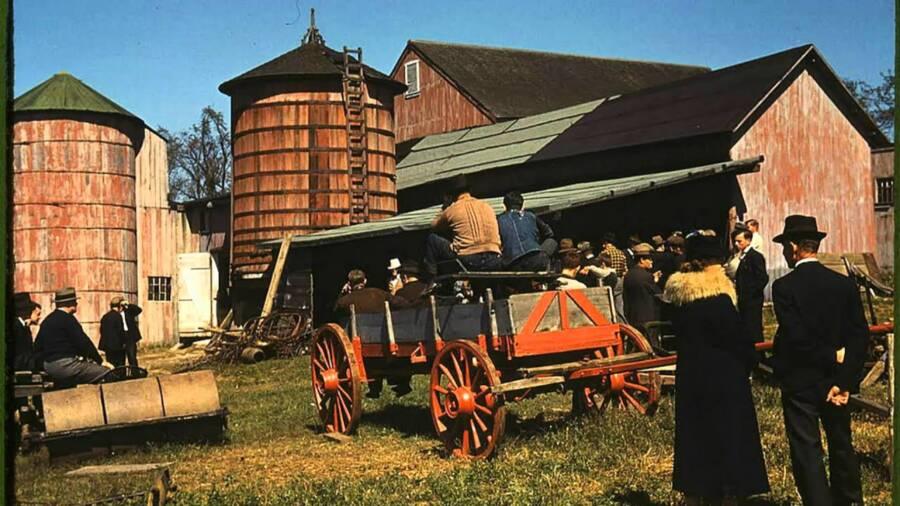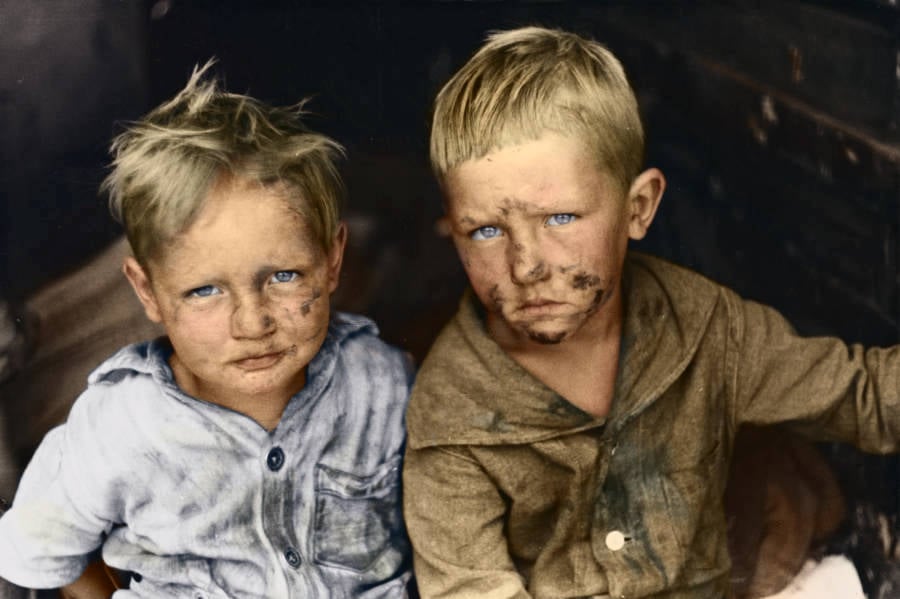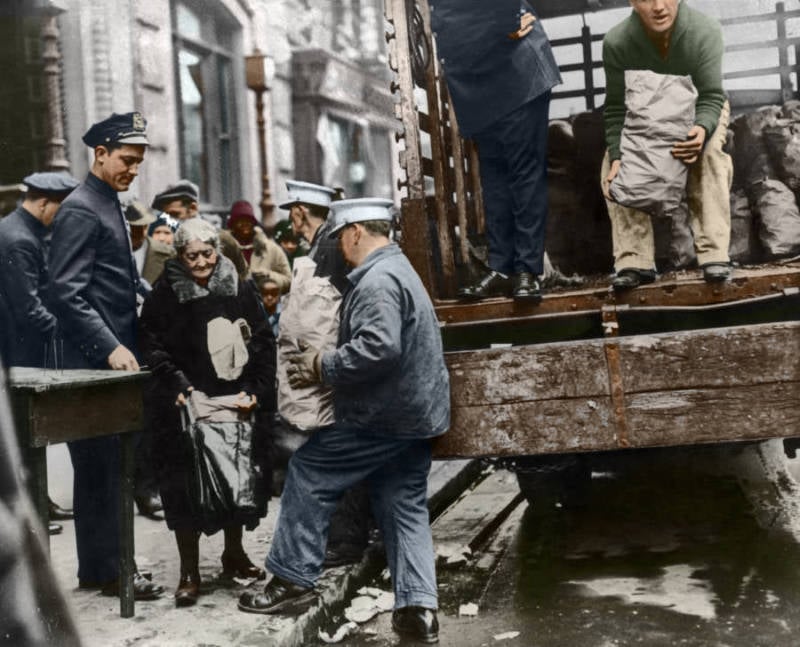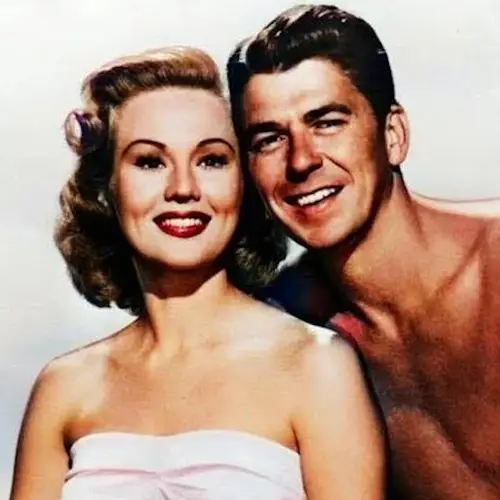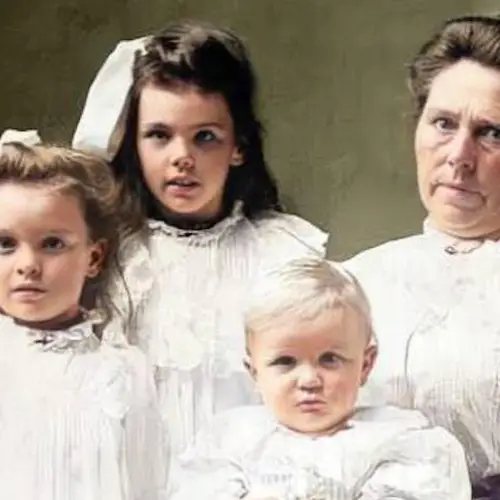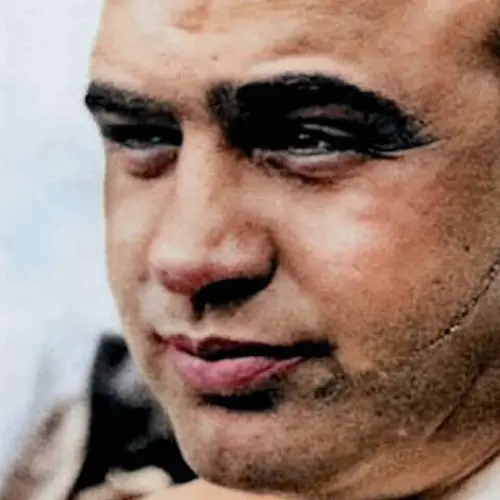From farms to factories, these colorized Great Depression pictures help reveal what American history's worst economic catastrophe was like for those who lived through it.
The Great Depression was the single most catastrophic economic nosedive the United States has ever seen. When the stock market crashed in October 1929, Wall Street panicked and the entire country quickly fell into a depression that lasted for years as industrial output plummeted and unemployment surged.
By 1933, the U.S. economy was at a nadir never seen before in the country's history as 15 million Americans had lost their jobs and almost half of the banks had failed entirely. Americans across the country suddenly found themselves struggling desperately to merely survive.
The Prelude To The Crash
Today, historical hindsight allows us to see that this period of economic downturn had been looming over the country throughout the 1920s. America was booming during that decade, with the country's total wealth more than doubling between 1920 and 1929.
But amid the glitz and optimism of "The Roaring Twenties," the Gatsby era, investors were moving money around with reckless abandon. Everyone who was even remotely liquid began to invest, with this rapid expansion reaching unprecedented heights in 1929 — at which point the consequences came crashing down.
With stocks extremely overvalued, production and unemployment on a downturn, and an agricultural drought hampering the nation's food prices, a recession settled in. By summer, consumers began spending less and less, and with unsold products filling up shelves, production came to a halt. On Oct. 24 — "Black Thursday" — a record 12.9 million shares were traded, and the market crashed.
The Depression Takes Hold And Reform Begins
The year after the crash, 4 million Americans actively looking for work but were simply unable to find any. Within another year, that figure had turned to six million. Industrial production was slashed in half — with bread lines and soup kitchens beginning to pop up across the country in increasing numbers.
President Hoover's administration was eager to provide failing banks with the funding necessary to get back on their feet. Those banks would, in turn, lend that money to businesses and subsequently kickstart the economy.
Hoover disagreed with the idea of federal bailouts, however, and the nation continued to suffer. Soon, there were more than 15 million unemployed Americans — more than 20 percent of the nation's population in 1932 — and many of them helped elect Franklin D. Roosevelt to the presidency in hopes that the country could change course. He famously assuaged the country's collective anxieties through his radio addresses known as "fireside chats" and assured citizens that "the only thing we have to fear is fear itself."
Furthermore, Roosevelt soon instated a "bank holiday" that lasted four days. The purpose was clear: Close all banks, let Congress legislate thorough financial reform, and only reopen banks who passed muster. He then helped create the Federal Deposit Insurance Corporation (FDIC) to protect the public's deposits in the event of failing banks, and the Securities and Exchange Commission (SEC) to regulate the market.
Economic Upturn And The End Of The Great Depression
Roosevelt's slate of New Deal programs focused on supporting economic growth and providing safety nets for a populous in dire need of support. The Works Progress Administration, for instance, was created as a permanent jobs program in the public works sector and employed 8.5 million Americans from 1935 to 1943.
The Social Security Act was passed in 1935, giving citizens economic disability, pension, and unemployment benefits for the first time in American history. The country was slowly, but surely, on the road to recovery — with around nine percent growth each year from 1933 to 1936.
And with the subsequent ramp-up to U.S. involvement in World War II, industrial production and investments in military infrastructure only bolstered the U.S. economy. Defense manufacturing spiked, the private sector began to blossom, and factories were running at full steam. By 1939, the Great Depression had finally come to an end.
Within just a decade, the United States will mark the 100th anniversary of the beginning of this historic economic downturn. Though this particular period is long gone now, with generations having passed since then — the Great Depression was not something out of an old-timey, black-and-white photo album of yesteryear for those who lived through it.
For those who lived through it, the devastation was a very real fact of life day in and day out. Fortunately, the U.S. Farm Security Administration, among other agencies and private-sector professionals, documented this era in photos so that we're now left with a vast collection of powerful Great Depression pictures.
And now, we've colorized some of those Great Depression pictures to provide a look at this time often only remembered in black and white.
From factory workers and farmers to families living in squalor and children growing up during the darkest hour of America's economy — these colorized Great Depression pictures serve as vivid reminders of those who came before us, their immense financial hardships, and their resilient ability to overcome them.
Next, see more Great Depression pictures gathered in the video below:
After you've taken a look at the colorized Great Depression pictures above, learn about the Great Depression's impact on New York City. Then, take a look at some of the most incredible color photographs of World War II.
